When it comes to achieving fat loss goals, understanding the concept of macro split is crucial. Macro split refers to the distribution of macronutrients – protein, carbohydrates, and fats – in one’s diet. Each macronutrient plays a unique role in the body and has different effects on fat loss. By manipulating the macro split, individuals can optimize their nutrition to support their fat loss journey.
The importance of macro split cannot be overstated. It goes beyond simply counting calories or restricting food intake. By focusing on the quality and distribution of macronutrients, individuals can ensure that their bodies are receiving the necessary nutrients while still creating a calorie deficit for fat loss. This approach not only promotes sustainable weight loss but also helps maintain muscle mass and overall health.
Key Takeaways
- The Golden Ratio is a popular macro split for fat loss, consisting of 40% carbs, 30% protein, and 30% fat.
- Protein is crucial for fat loss as it helps preserve muscle mass and keeps you feeling full.
- Carbohydrates provide energy for workouts and can be beneficial in moderation for fat loss.
- Healthy fats, such as those found in nuts and avocados, can aid in satiety and provide important nutrients for overall health.
- To determine your ideal macro split, calculate your daily caloric needs and adjust based on your goals and activity level. Tracking your macros and avoiding common mistakes can also help with fat loss.
Understanding the Golden Ratio
The golden ratio is a concept that has been applied in various fields, from art and architecture to mathematics and nature. In the context of macro split for fat loss, the golden ratio refers to the ideal distribution of macronutrients that maximizes fat loss while preserving muscle mass.
The golden ratio for fat loss is often represented as 40% protein, 40% carbohydrates, and 20% fats. This ratio provides a balanced approach that ensures an adequate intake of protein for muscle preservation, sufficient carbohydrates for energy, and healthy fats for hormone regulation and overall well-being.
What is the Best Macro Split for Fat Loss?
While the golden ratio serves as a general guideline, it’s important to note that individual needs may vary. Factors such as age, gender, activity level, and body composition can influence the optimal macro split for fat loss.
There are several different macro splits that individuals can experiment with to find what works best for them. Some popular options include high-protein, low-carbohydrate diets like the ketogenic diet or moderate-protein, moderate-carbohydrate diets like the Zone diet. Ultimately, the best macro split for fat loss is one that is sustainable, enjoyable, and aligns with an individual’s specific needs and preferences.
Importance of Protein in Fat Loss
| Importance of Protein in Fat Loss |
|---|
| Protein helps to preserve muscle mass during weight loss |
| Protein has a higher thermic effect than carbohydrates or fat, meaning it burns more calories during digestion |
| Protein helps to keep you feeling full and satisfied, reducing the likelihood of overeating |
| Protein can help to increase metabolism and promote fat burning |
| Protein is essential for the growth and repair of tissues in the body |
| Protein can help to regulate blood sugar levels and reduce cravings for sugary foods |
Protein plays a crucial role in fat loss. It is the building block of muscles and has a high thermic effect, meaning it requires more energy to digest compared to carbohydrates and fats. This increased energy expenditure can contribute to a higher metabolic rate, making it easier to create a calorie deficit for fat loss.
To optimize fat loss, it is recommended to consume around 0.8-1 gram of protein per pound of body weight. This ensures an adequate intake to support muscle preservation and repair while still allowing for sufficient energy from other macronutrients.
Role of Carbohydrates in Fat Loss
Carbohydrates are often misunderstood when it comes to fat loss. While some may believe that cutting carbs entirely is the key to shedding pounds, carbohydrates are actually an essential fuel source for the body, especially during intense physical activity.
Carbohydrates provide energy for workouts, support brain function, and help regulate blood sugar levels. For fat loss, it is recommended to consume complex carbohydrates such as whole grains, fruits, and vegetables. These sources provide fiber, vitamins, and minerals while promoting satiety and preventing excessive calorie intake.
The recommended daily carbohydrate intake for fat loss varies depending on individual needs and activity levels. However, a general guideline is to consume around 30-40% of total daily calories from carbohydrates.
Benefits of Healthy Fats in Fat Loss
Contrary to popular belief, fats are not the enemy when it comes to fat loss. In fact, healthy fats play a crucial role in hormone production, nutrient absorption, and overall well-being.
Including sources of healthy fats such as avocados, nuts, seeds, and olive oil in the diet can promote satiety, reduce cravings, and support a healthy metabolism. It is recommended to consume around 20-30% of total daily calories from fats, with an emphasis on unsaturated fats.
How to Calculate Your Daily Caloric Needs
To determine the optimal macro split for fat loss, it is essential to first calculate your daily caloric needs. This involves estimating the number of calories required to maintain your current weight and then creating a calorie deficit to promote fat loss.
One common method to calculate daily caloric needs is the Harris-Benedict equation, which takes into account factors such as age, gender, weight, height, and activity level. By multiplying the calculated value by an activity factor, individuals can estimate their total daily energy expenditure (TDEE).
Once the TDEE is determined, creating a calorie deficit of around 500-1000 calories per day can lead to a safe and sustainable rate of fat loss.
How to Determine Your Ideal Macro Split
After calculating daily caloric needs, the next step is to determine the ideal macro split for fat loss. This can be done by converting the calculated calorie intake into grams of macronutrients based on the desired ratio.
For example, if an individual’s daily caloric needs are 2000 calories and they want to follow the golden ratio (40% protein, 40% carbohydrates, 20% fats), they would aim for approximately 800 calories from protein (200 grams), 800 calories from carbohydrates (200 grams), and 400 calories from fats (44 grams).
It’s important to note that these numbers are just examples and may vary depending on individual needs and preferences. Experimenting with different macro splits and adjusting as needed is key to finding the optimal balance for fat loss.
Importance of Tracking Your Macros
Tracking macros is a valuable tool for achieving fat loss goals. It allows individuals to monitor their macronutrient intake and ensure they are staying within their desired ranges.
There are various tools available to help track macros, such as smartphone apps and online calculators. These tools make it easy to log food intake, calculate macronutrient values, and track progress over time.
By tracking macros, individuals can identify any imbalances or deficiencies in their diet and make necessary adjustments to optimize fat loss. It also promotes mindfulness and awareness of food choices, making it easier to stay on track with nutrition goals.
Tips for Sticking to Your Macro Split
Sticking to a specific macro split can be challenging, especially when faced with temptations and cravings. However, there are several strategies that can help individuals stay on track and maintain consistency.
One effective tip is to plan meals in advance. By meal prepping and having healthy, macro-friendly options readily available, individuals can avoid impulsive food choices and ensure they are meeting their macro goals.
Another helpful strategy is to focus on whole, nutrient-dense foods. These foods not only provide essential nutrients but also tend to be more satiating, making it easier to adhere to the macro split.
Additionally, finding support and accountability through friends, family, or online communities can provide motivation and encouragement during the fat loss journey.
Common Mistakes to Avoid in Macro Split for Fat Loss
While understanding the importance of macro split is crucial, it’s equally important to be aware of common mistakes that can hinder progress.
One common mistake is relying too heavily on processed or packaged foods that may fit within the macro split but lack essential nutrients. Opting for whole, unprocessed foods whenever possible ensures a higher quality diet that supports overall health.
Another mistake is neglecting portion control. Even if the macro split is on point, consuming excessive calories can still hinder fat loss progress. Being mindful of portion sizes and practicing moderation is key.
Lastly, it’s important to avoid comparing one’s macro split to others. Each individual is unique, and what works for someone else may not work for you. It’s essential to focus on your own needs and preferences when determining the ideal macro split.
Adjusting Your Macro Split for Plateaus
Plateaus are a common occurrence during the fat loss journey. When progress stalls, adjusting the macro split can help break through these plateaus and continue making progress.
One strategy is to slightly decrease carbohydrate intake while increasing protein and/or healthy fat intake. This can help further reduce calorie intake and promote fat loss.
Another approach is to incorporate refeed days or weeks, where carbohydrate intake is temporarily increased. This can help boost metabolism, replenish glycogen stores, and provide a mental break from the calorie deficit.
Experimenting with different macro splits and adjusting as needed is key to overcoming plateaus and achieving long-term fat loss success.
Combining Macro Split with Exercise for Optimal Fat Loss
While nutrition plays a significant role in fat loss, combining a well-designed macro split with regular exercise can further enhance results.
Exercise helps create a larger calorie deficit, promotes muscle preservation, and improves overall body composition. Incorporating both cardiovascular exercise and strength training into a fitness routine can maximize fat loss while maintaining lean muscle mass.
It’s important to note that exercise should be tailored to individual needs and abilities. Consulting with a qualified fitness professional can help create an exercise plan that complements the chosen macro split and supports fat loss goals.
In conclusion, understanding and implementing an appropriate macro split is crucial for achieving fat loss goals. The golden ratio serves as a general guideline, but individual needs may vary. Protein, carbohydrates, and fats all play unique roles in fat loss, and finding the right balance is key.
Calculating daily caloric needs, determining the ideal macro split, tracking macros, and avoiding common mistakes are all important steps in optimizing fat loss. Additionally, combining a well-designed macro split with regular exercise can further enhance results.
By following these guidelines and staying consistent, individuals can achieve sustainable fat loss, preserve muscle mass, and improve overall health and well-being. So why not give the golden ratio a try, track your macros, and embark on a journey towards optimal fat loss? The results may just exceed your expectations.
FAQs
What is a macro split?
A macro split refers to the percentage of macronutrients (carbohydrates, proteins, and fats) in a person’s diet.
What is the golden ratio for fat loss?
The golden ratio for fat loss is a macro split of 40% carbohydrates, 30% protein, and 30% fat.
Why is the golden ratio effective for fat loss?
The golden ratio is effective for fat loss because it provides a balance of macronutrients that supports muscle growth and repair while also promoting fat loss.
How do I calculate my macro split?
To calculate your macro split, you need to determine your daily caloric needs and then divide those calories among the three macronutrients based on the golden ratio percentages.
Can I adjust the golden ratio to fit my individual needs?
Yes, the golden ratio can be adjusted to fit individual needs based on factors such as activity level, body composition, and personal preferences.
What are some good sources of carbohydrates, protein, and fat?
Good sources of carbohydrates include fruits, vegetables, whole grains, and legumes. Good sources of protein include lean meats, fish, eggs, and dairy products. Good sources of fat include nuts, seeds, avocado, and olive oil.
Is the golden ratio suitable for everyone?
The golden ratio may not be suitable for everyone, as individual needs and preferences vary. It is important to consult with a healthcare professional or registered dietitian before making significant changes to your diet.


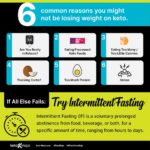
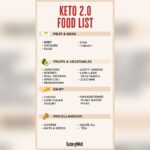


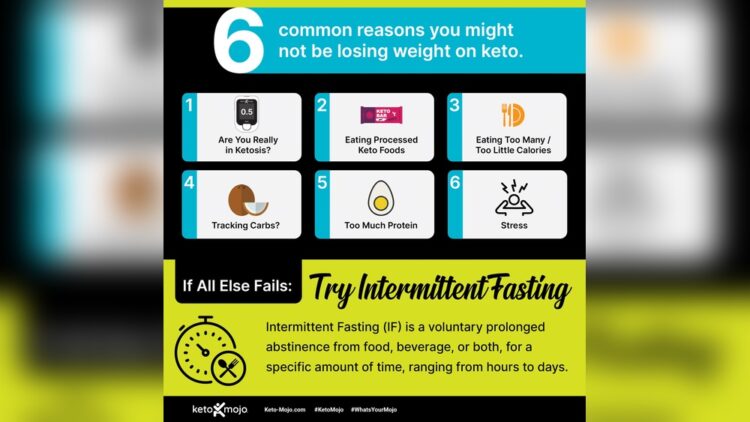
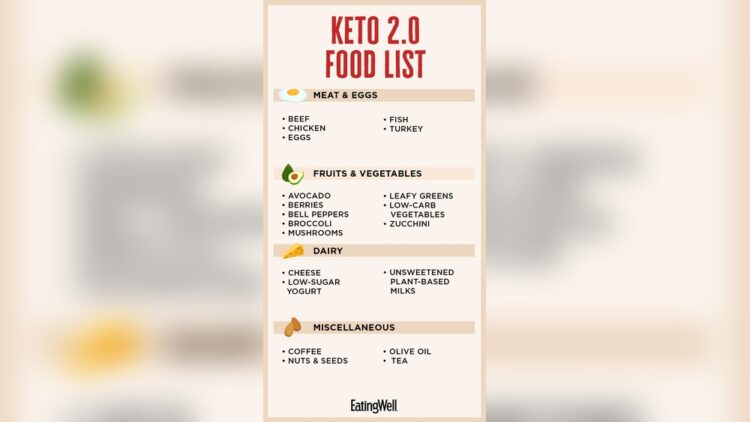
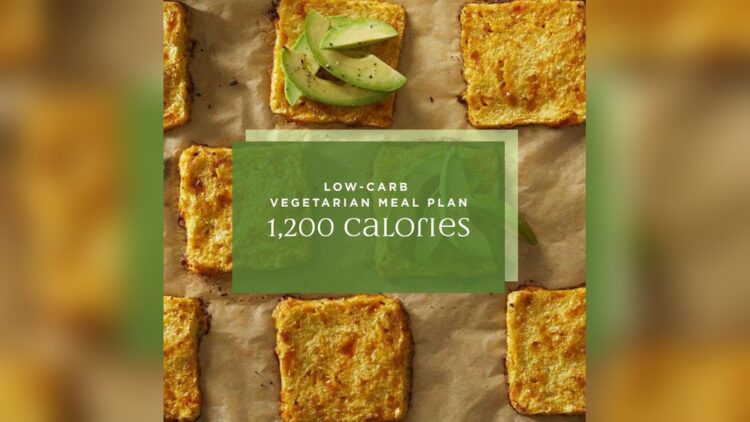
Leave a Reply